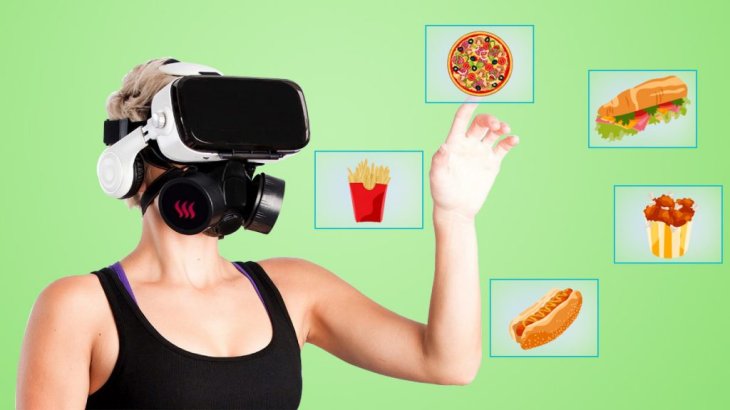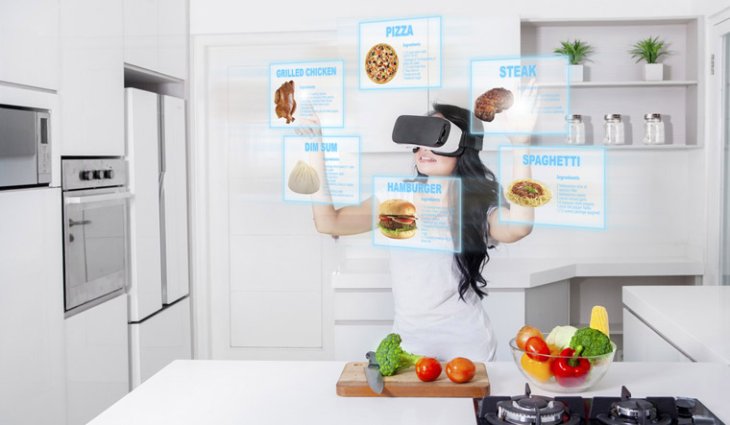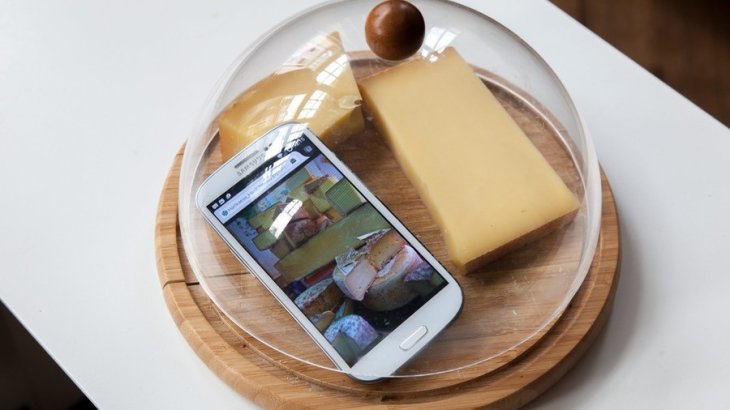Researchers Develop A System For “Virtual Taste” By Controlling Nerve Cells
Vinay Chopade - Sep 12, 2019

Scientists have developed a system that creates 'virtual taste' by controlling neurons with light, which was successfully tested on flies.
- Japan Hydrogen Breakthrough: Scientists Crack the Clean Energy Code with Mind-Blowing 1,000% Efficiency Jump
- 'Five-second rule' For Food Dropped On The Floor: Is It True?
- Scientists Want To Send 6.7 Million Samples, Including Sperm, To The Moon
Scientist successfully experimented this technology on flies, which helps them to feel the sweet flavor while eating a bland pile of gelatinous goo.
There are two hi-tech elements combined in this optoPAD: optogenetics and an additional system. The first one is known as a powerful method in which light is used to control nerve cells’ activities like being on or off. For example, if the mentioned flies hadn’t been exposed to green light in the experiment, their sweet-sensing neurons wouldn’t have been activated, and they might not have found the bland food delicious and enjoyed it.

The latter element is flyPAD, which is an additional part created in the laboratory in the past. Jose-Maria Moreira – a researcher at eLife, said:

The combination of these two elements – optogenetics and flyPad – enabled scientist to deal with the precise control of taste sensations, which is one of the significant challenges in feeding research.

Not only can visual or auditory information be changed instantaneously, but also independently of the animals’ activities. Whereas, animals can only have taste sensations when voluntarily touching the food using proboscis or their tongues.
Jose-Maria Moreira also added:

In this study, it can be seen that the system optoPAD can effectively pair with optogenetic manipulations with active feeding, and the virtual tastes have real impacts on the flies’ behavior.

Let’s take this as an example; scientists can make the flies eat vigorously through optogenetic activation of sweet-sensing neurons. Also, regardless of how hungry the flies are, scientists can also stop the flies from eating through optogenetic activation of bitter-sensing nerve cells.
The ultimate goal of researchers when using this system is to improve the life quality of everyone considerably, although the system optoPAD appears to be a good way for nutrition improvement without compromising taste.

Carlos Ribeiro mentioned in his research that:

Featured Stories

Features - Jul 01, 2025
What Are The Fastest Passenger Vehicles Ever Created?

Features - Jun 25, 2025
Japan Hydrogen Breakthrough: Scientists Crack the Clean Energy Code with...

ICT News - Jun 25, 2025
AI Intimidation Tactics: CEOs Turn Flawed Technology Into Employee Fear Machine

Review - Jun 25, 2025
Windows 11 Problems: Is Microsoft's "Best" OS Actually Getting Worse?

Features - Jun 22, 2025
Telegram Founder Pavel Durov Plans to Split $14 Billion Fortune Among 106 Children

ICT News - Jun 22, 2025
Neuralink Telepathy Chip Enables Quadriplegic Rob Greiner to Control Games with...

Features - Jun 21, 2025
This Over $100 Bottle Has Nothing But Fresh Air Inside

Features - Jun 18, 2025
Best Mobile VPN Apps for Gaming 2025: Complete Guide

Features - Jun 18, 2025
A Math Formula Tells Us How Long Everything Will Live

Features - Jun 16, 2025
Comments
Sort by Newest | Popular